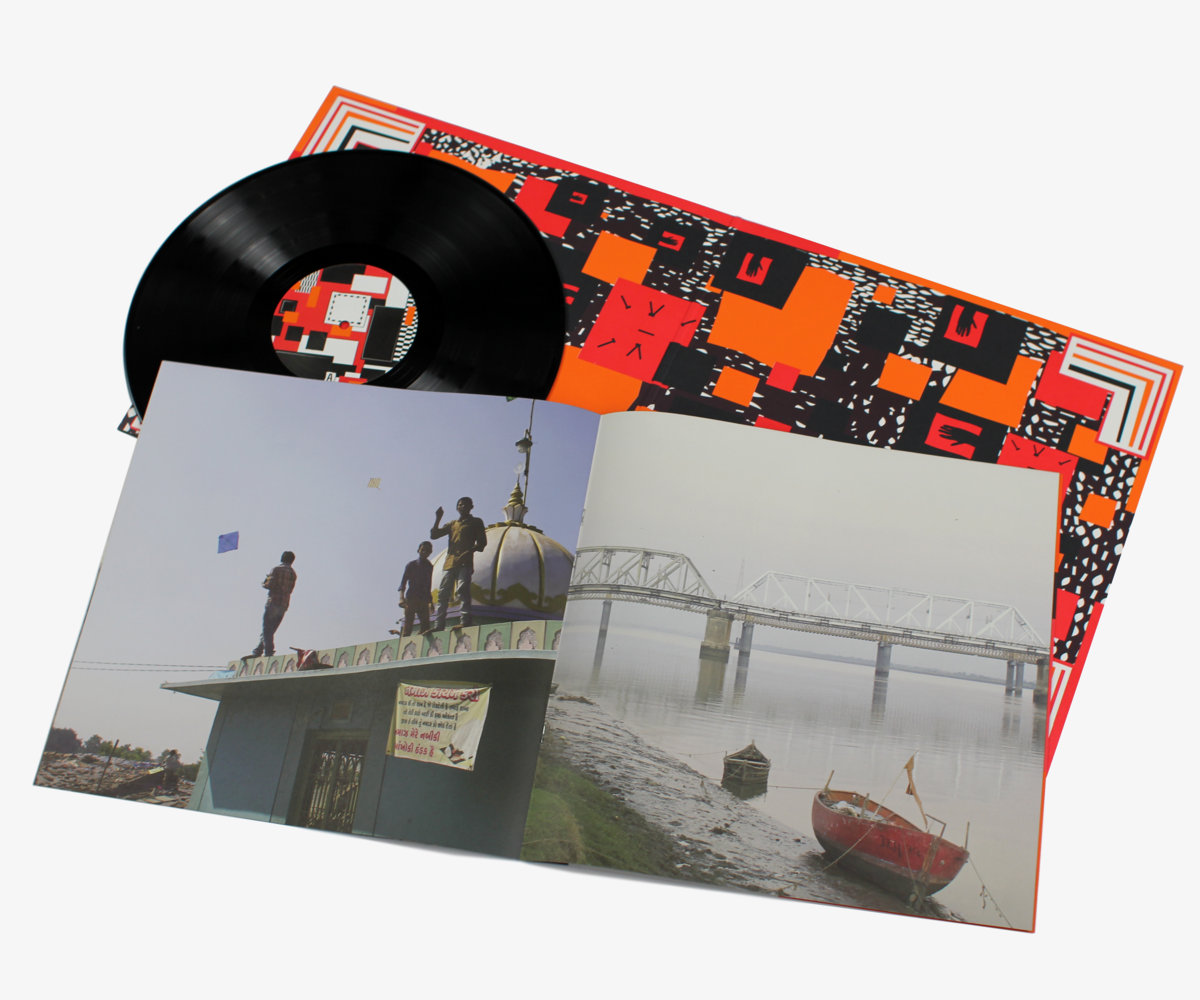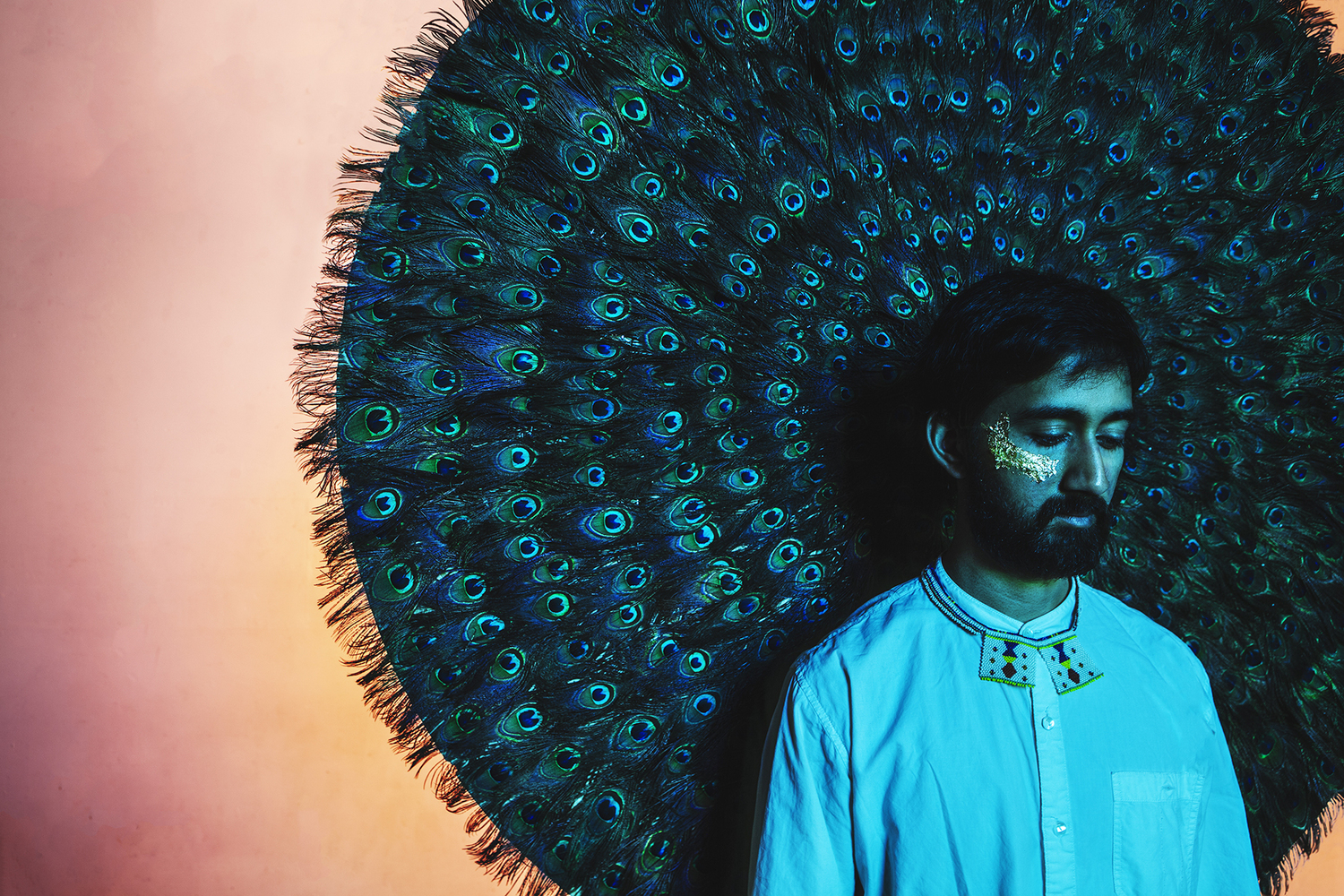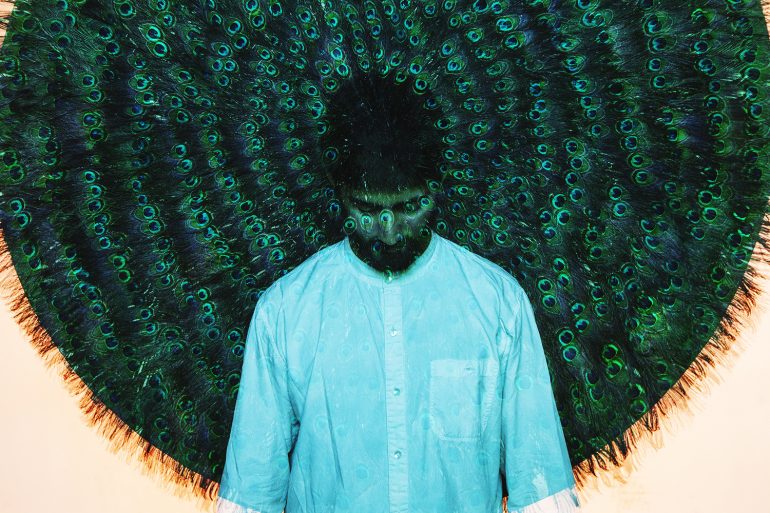George Howlett interviews Sarathy Korwar about his recently released debut album ‘Day to Day’, field recordings, polyrhythms, Hindustani classical music, migration and much more.
- Day to Day was recorded in India, and is also full of textures from Africa and Western jazz. It heavily features field recordings of the Siddi people, who migrated to India centuries ago from Southern Africa and who have fused their original Bantu cultures with Sufi Islam. Sufi devotional music tends to focus on complete immersion into performance – so I guess being sampled via a field recording is the opposite end of the spectrum to the original situation of the music. What do the Siddi musicians who feature make of the final record?
I must admit this was one of my personal fears, that I would be making a record that the Siddi musicians disapproved of in any way. Thankfully, they like it and have been posting about it on Facebook! I recorded them performing their songs in a very informal and live context, trying to make them feel as comfortable as possible and as immersed in the music as they normally would be. I had also warned them from the outset that the resulting music on my album would sound very different to their own renditions. They were very open about it though and were happy to share their music, which was great.

- The album contains plenty of West African-style 12/8 polyrhythms, which I’m guessing have been part of the Siddi tradition since they left Africa. Polyrhythm isn’t so much of a thing in Indian Classical music. Are you planning more African/Indian rhythmic fusions?
The African connection in their music was very fascinating to me, especially as a drummer and tabla player. You’re right about polyrhythm, I think you can go even further and say Indian music in general (folk, classical, semi-classical etc) don’t really employ the idea of having different ‘parts’. Whether that’s polyrhythms or harmony, there’s very little of it. But the Siddis have these polyrhythmic drum patters and different parts to the rhythms that speak to me of their East and Southern African connection.
I am very interested in rhythms from all over the world and I’m working on some polyrhythmic tabla patterns/grooves at the moment.
- I’m sure Steve Reid would have approved of these new fusions. You’re part of his Foundation, which also involves Four Tet and Gilles Peterson – how does this all work? Grouping around a scene and its ideas like this seem kind of like a looser modern spin on the Hindustani gharana (regional teaching school) system.
Ha! Maybe it’s the closest thing to a Gurukul system here, I dunno. What I received from being part of the programme was mentorship from these amazing artists and music professionals. Just the opportunity to talk to them about my music and bounce ideas off them is special and something every musician would benefit from, given the opportunity of course.

- You’re a classically trained tabla player, having studied Hindustani music with Pandit Rajeev Devasthali and other esteemed maestros. Recently we’re seeing more and more instances of tabla players using Western ideas: Jomy George is playing funk on them, Pete Lockett is soloing over ambient soundscapes, and you’ve combined them with Ableton to loop up grooves. It seems like these are exciting times for the instrument – how do you see things like loop pedals and producer collaborations fitting into the tabla’s future?
I think it’s bound to happen. Just the sheer number of people playing tabla who come from different backgrounds are all going to make the instrument and tradition richer. Even technological improvements to the drum are very interesting (like the single key tabla tuner). The way I see it is that the tradition has never been static (no tradition is) and will constantly evolve, whether everyone likes it or not.
- Yep – we shouldn’t forget that Hindustani Classical music is an incredibly rich fusion of styles anyway. Pandit Aneesh Pradhan was playing around with some Dilla-style sloppiness at Darbar the other week, and I remember Zakir Hussain talking about how much of an influence microphones have had, as the nuance of pitched bayan strokes can now reach large crowds. Speaking of modern recording tech: I hear that the recording process for the track Mawra (‘Transcendence’) in particular was pretty unique. Tell us a little more about how it was put together.
Yes it was unique, at least for me. I tried this experiment where all three musicians (bass clarinet, drums, bass) played along to a long naqqara recording which had been recorded at the Bava Gor dargah in Ratanpur (same recording that is heard at the beginning of the piece). We all played to the recording without hearing each other’s parts but responding to the naqqara recording which I then took out from the main sections. I had no idea if it would work but am surprisingly pleased at the result!
- Migration is a key theme on the album. You grew up in three places (India, USA, UK), and say that you couldn’t be making the type of music you’re making now without living in a multicultural hub like London. How important is that scene to you?
Very important. I really feed of being in the city. It pushes me musically and creatively to carve out a sound of my own. It’s inspiring because of all the other musicians I get to watch and play with. The kind of music I’m currently making has so much to do with finding like-minded people to collaborate with that and playing with these people excites me a lot.
- There’s a lot happening – who else should we be looking out for on the London jazz scene at the moment, and where should we go to find up-and-coming players?
I personally love a few acts at the moment – Binker & Moses, Collocutor, Shabaka Hutchings, Nerija, Kefaya. Nights run by Jazz Re:freshed, Jazz Standard, Church of Sound are well worth checking out as they always have fresh and really good music.

Photo Credit 1 & 3: Fabrice Bourgelle
- I guess the success of the album has given you a lot more freedom for whatever your next musical steps will be, and I hear you’ve also been involved with a couple of other projects in the past year (including Pergola, an ambient group with Cara Stacey). What plans have you got in the works right now?
Currently I’m touring this album, which is a lot of fun to play. Hopefully we will be recording a Pergola album at some point next year. I’ve been commissioned by Zeroclassikal to compose a suite of music I’ve called ‘Cicadas’ which is for an ensemble of Indian classical musicians – improvising together, that will premiere in the spring of next year. I’ve also just co-produced and recorded an album with an amazing musician/author/storyteller Arthur Flowers who is retelling the ‘Brer Rabbit’ stories as part of a cross media (book/music) production with Tara Books in Chennai, which will be out in spring 2017 as well.
- You say that you’re most at home playing live rather than on record. Who’s in your current group, and where can we catch you playing next?
My current group features Giuliano Modarelli (guitar), Al MacSween (keys/piano), Domenico Angarano (bass), Tamar Osborn (sax) and myself. They are all so brilliant and I’m very lucky to get to hang and play with them!
We’re playing a BBC Radio 3 session tonight (6th Oct) which is being telecast live. The next day we are playing at Tate Britain, as part of the Late At Tate series. Then playing again in London with the Comet Is Coming on November 15th as part of the London Jazz Festival. We have other dates in Europe and UK which are can be viewed on my website www.sarathykorwar.com/live.
Thanks,

